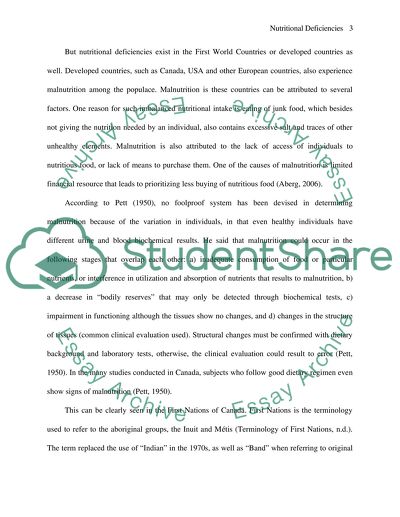Cite this document
(“Nutritional deficiencies in a First Nations population Research Paper”, n.d.)
Retrieved from https://studentshare.org/family-consumer-science/1416354-nutritional-deficiencies-in-a-first-nations
Retrieved from https://studentshare.org/family-consumer-science/1416354-nutritional-deficiencies-in-a-first-nations
(Nutritional Deficiencies in a First Nations Population Research Paper)
https://studentshare.org/family-consumer-science/1416354-nutritional-deficiencies-in-a-first-nations.
https://studentshare.org/family-consumer-science/1416354-nutritional-deficiencies-in-a-first-nations.
“Nutritional Deficiencies in a First Nations Population Research Paper”, n.d. https://studentshare.org/family-consumer-science/1416354-nutritional-deficiencies-in-a-first-nations.


